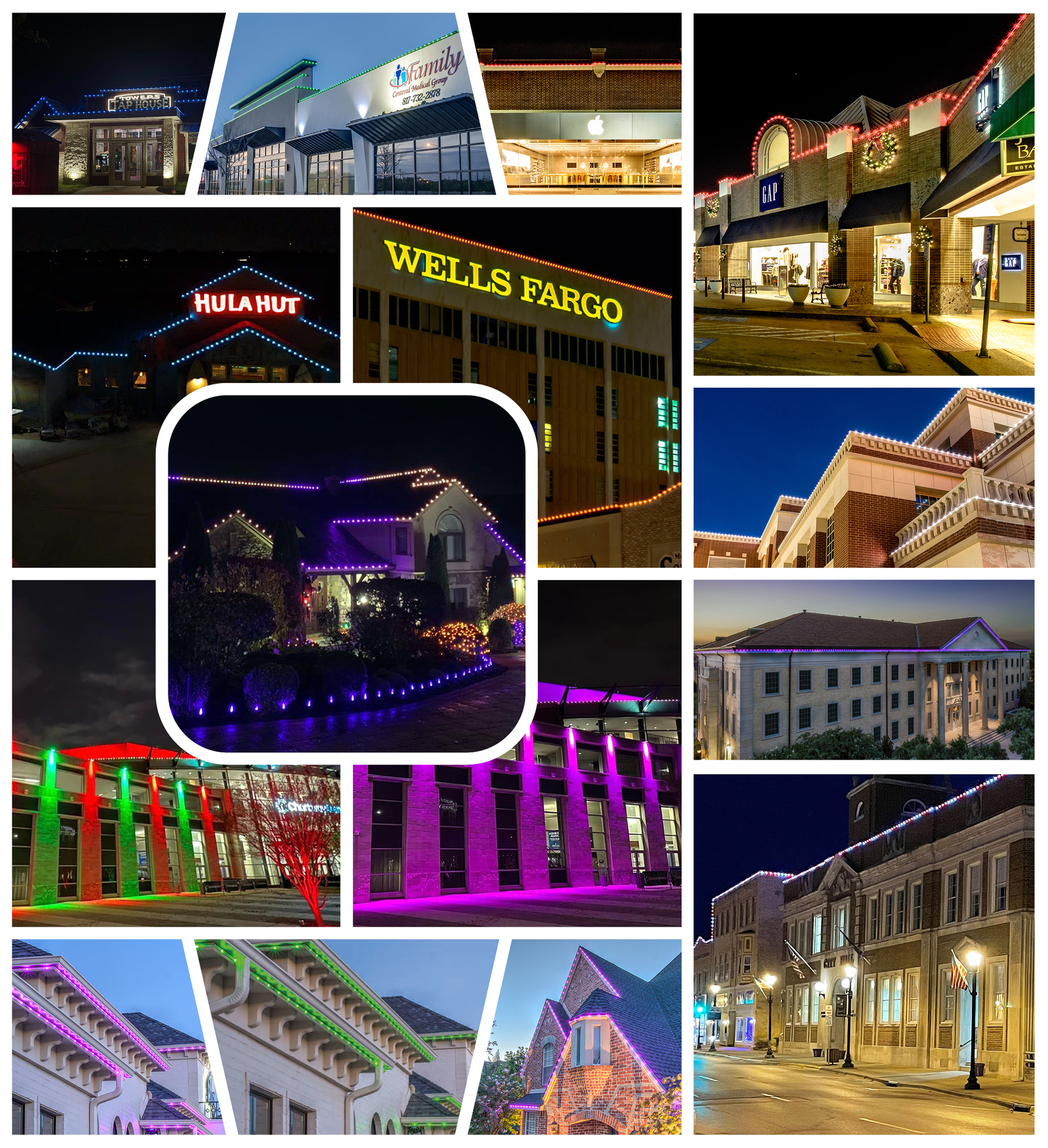MeshTek and BlueHopper NDA Agreement
CONFIDENTIALITY AND NON-DISCLOSURE AGREEMENT (the “Agreement”)
This Agreement governs the disclosure of confidential information by iLumi Solutions, Inc. dba MeshTek Labs and BlueHopper Solutions, LLC (collectively “MeshTek”), located at 17330 Preston Rd, Suite 120A, Dallas, TX 75252, to the company or individual accepting this Agreement (“Receiving Party”).
1. Purpose
MeshTek may disclose certain confidential and proprietary information to Receiving Party to evaluate a potential business relationship related to installation, distribution, or dealership of MeshTek products (“Purpose”).
2. Definition of Confidential Information
“Confidential Information” includes but is not limited to:
– Business plans, financials, marketing strategies, customer lists;
– Product designs, technical information, software, hardware, firmware, inventions, manufacturing methods;
– Intellectual Property including MeshTek patents, designs, and proprietary technology.
Confidential Information may be disclosed in any form — oral, written, electronic, or visual.
3. Obligations of Receiving Party
Receiving Party agrees to:
– Keep Confidential Information strictly confidential using reasonable care;
– Use Confidential Information solely for evaluating a business relationship with MeshTek;
– Not disclose it to any third party without MeshTek’s prior written consent (except to its employees or contractors who have a strict need to know);
– Not reverse engineer, decompile, disassemble, copy, or otherwise attempt to reproduce any part of MeshTek’s products, hardware, or software.
4. Exclusions
Confidential Information does not include information that:
– Is publicly available through no fault of Receiving Party;
– Was known by Receiving Party prior to disclosure without confidentiality obligation;
– Is obtained by Receiving Party lawfully from a third party not bound by confidentiality; or
– Is independently developed by Receiving Party without use of MeshTek’s Confidential Information.
5. Intellectual Property
All intellectual property, including without limitation the MeshTek patents, technology, designs, and products, remain solely the property of MeshTek. No license or ownership rights are granted under this Agreement.
6. Injunctive Relief
Receiving Party acknowledges that any breach may cause irreparable harm to MeshTek. MeshTek is entitled to seek immediate injunctive relief and any other remedies available by law.
7. Return or Destruction of Materials
Upon request by MeshTek, Receiving Party will immediately return or securely destroy all Confidential Information and confirm destruction if requested.
8. No Obligation to Proceed
MeshTek is under no obligation to proceed with any business relationship.
9. Term
This Agreement remains effective for ten (10) years from the date of acceptance. The obligation to protect Confidential Information survives indefinitely.
10. Governing Law and Jurisdiction
This Agreement is governed by the laws of the State of Texas. Exclusive venue shall be in the courts of Dallas County, Texas.
[✓] By checking the box and clicking “Accept”, I acknowledge and agree that I have read, understood, and agree to be legally bound by the terms and conditions of this Confidentiality and Non-Disclosure Agreement with MeshTek.







